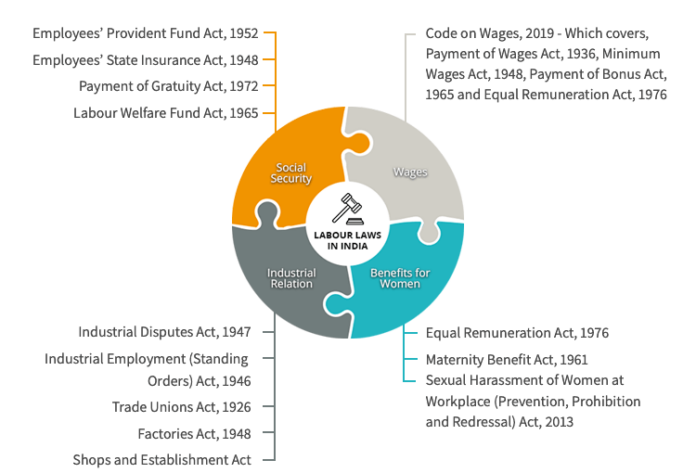The ‘Life in a Pandemic‘ survey done by Ernst & Young Global Limited (EY) India, is based on the responses from 2,033 Indian customers in May across the urban adult population. Of the respondents, 30% were women, nearly 70% were IT professionals, and up to 80% were in the age group of 24-40.
According to the survey, about 94.5 percent of Indians have embraced work from home (WFH) as the new normal. They are likely to campaign for WFH after the pandemic, about 55 percent said. The study finds that as a result of new habits implemented during the pandemic, customers are witnessing positive improvements in their physical and mental health. Almost 65 percent reported that their relationships have been improved by increased family time. Nonetheless the rest tend to feel threatened by an uncertain future and 70 percent continue to struggle with anxiety and fear.
During the peak of the lockdowns, COVID related regulations came to the forefront and have had a lasting effect on workplaces, at least for the near future. For several more months ahead, social distancing standards, fitness, protection and sanitization procedures, etc., will have to be followed. However, as the attention shifted to unlocking, in an effort to kick-start the economy, different state governments attempted to pass laws granting blanket exemptions from labor laws to industries. In its continued attempt to make it easier to do business in India, the central government also lost little time in passing the long-pending labor codes in Parliament. 29 Central laws were integrated into 4 codes, (ii) industrial relations, (iii) social security, and (iv) occupational safety, health, and working conditions.
While some innovative provisions and enhancements have undoubtedly been implemented by the codes, they have largely shied away from major changes. To that point, interpreting the codes as updating the outdated labor laws of India might be a leap. The national floor minimum wage will benefit the job market and some of the ambiguities under existing law will also be eliminated by a standard ‘wage’ concept, but this will also result in a higher cost burden for employers (example: gratuity payments may now have to be made on gross wages instead of basic salary alone and provident fund and other contributions will have to be on at least 50 percent of the remuneration).
Overall, 2020 has proved to be a landmark year for employment and HR laws in India and 2021 will see several of these improvements being formalized and enforced. Employers should immediately begin to review their policies and procedures and adjust at the earliest opportunity to the new scheme.

